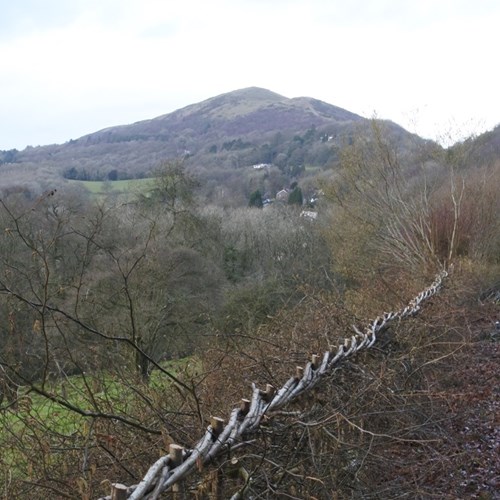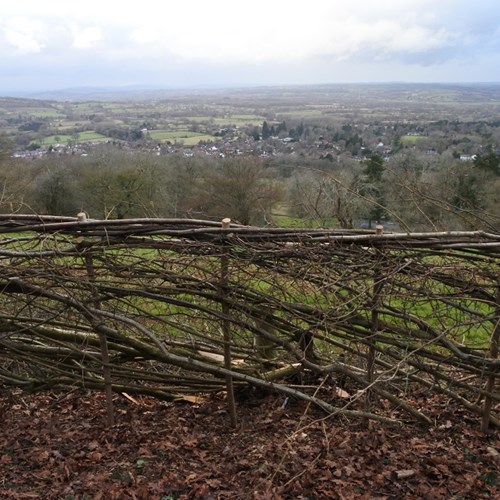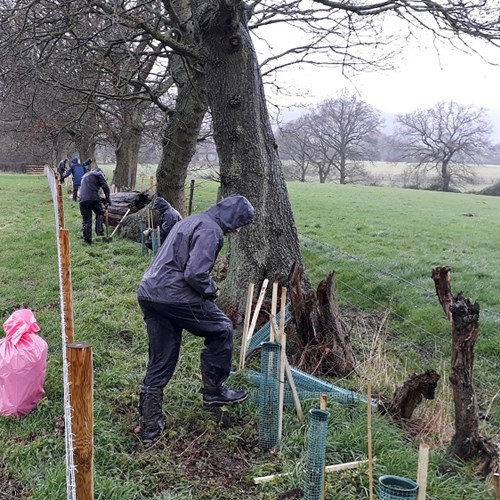Hedgerows are some of the unsung heroes of the English countryside. Acting as wildlife corridors linking habitats across landscapes they also providing food and shelter for a whole host of creatures and absorb carbon from the atmosphere. They also have other practical roles by keeping livestock within fields and reducing water erosion and run-off.
This National Hedgerow week, here's how we care for hedges within the Malvern Hills and Commons landscape, replant lost hedgerows and manage existing ones to keep them healthy.
Hedge planting
In February 2020, 500 young saplings were planted alongside a field boundary at Snookes Croft and Plants Piece near Castlemorton Common. The saplings have now grown into health plants are are forming a wildlife haven for birds and bugs.
The planting and restoration of hedgerows is important to provide corridors so wildlife can move through the landscape, as well as providing somewhere for birds to nest and creatures to shelter.
Hedgelaying
Think, healthy and diverse hedges provide a wealth of food for insects, small mammals and birds throughout the seasons. You may find bees on flowers in the spring and redwings eating berries in the winter months. They also provide shelter for wildlife and somewhere to nest all year round.
To conserve wildlife-rich hedgerows they need to be maintained and hedgelaying is a traditional, sensitive way of doing this. Hedgelaying closes gaps in the lower parts of the hedge and encourages new growth to thicken it.
This winter we have supported a hedgelayer to manage hedgerows along Chase Road and on Malvern Common which will develop into an ideal habitat for local wildlife. We are looking forward to watching the hedgerows bloom over spring and summer and seeing some of the creatures making this their home.



